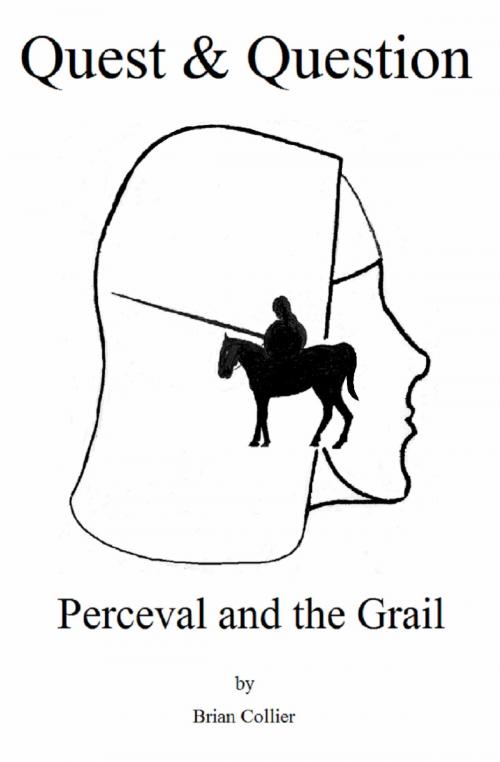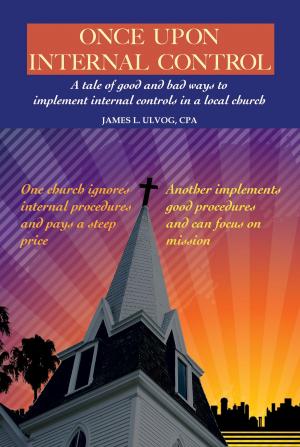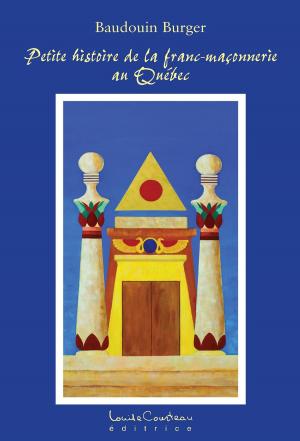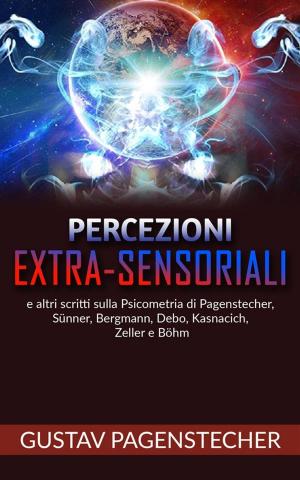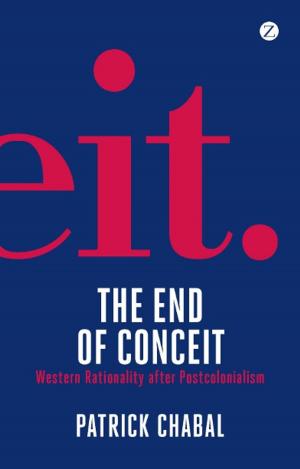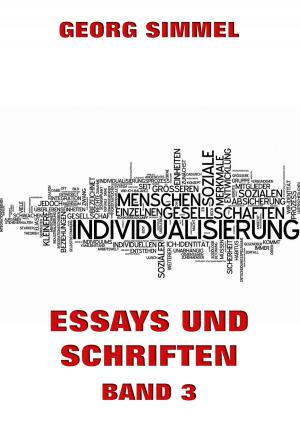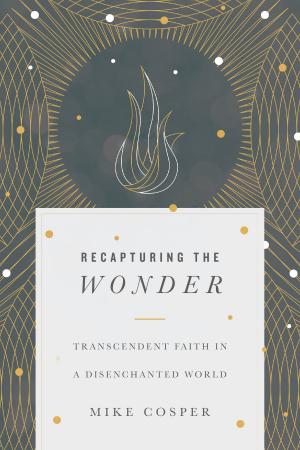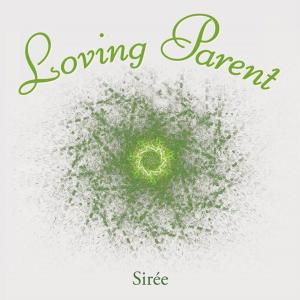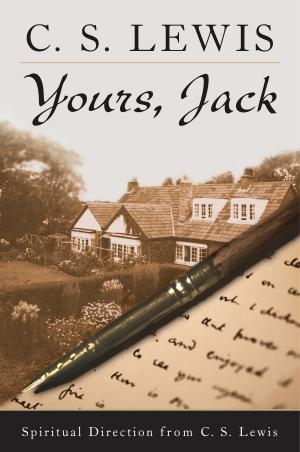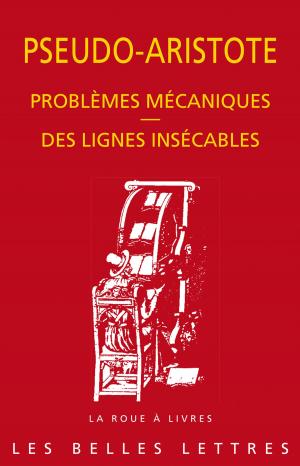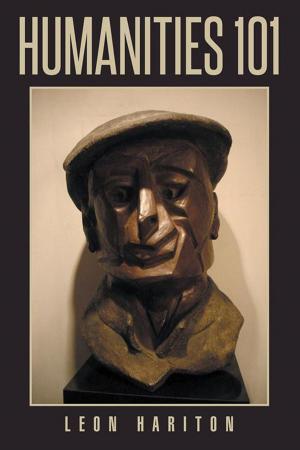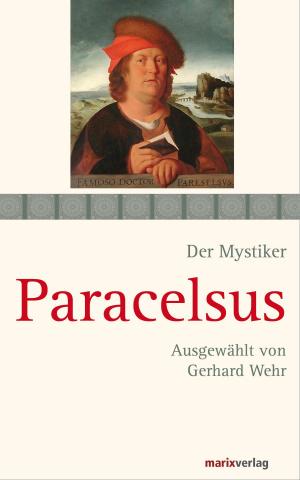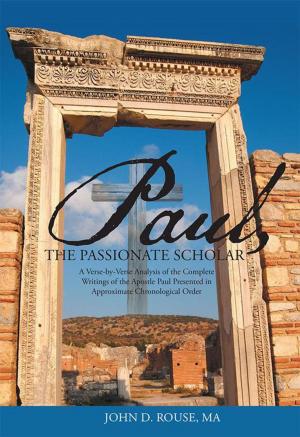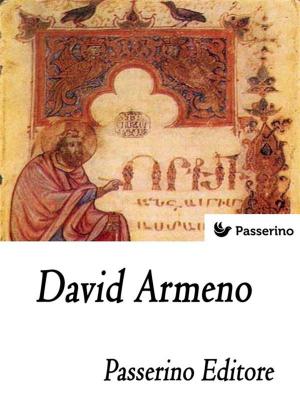Quest and Question: Perceval and the Grail
Nonfiction, Religion & Spirituality, New Age, Mysticism, Inspiration & Meditation, Spirituality| Author: | Brian Collier | ISBN: | 9781310181337 |
| Publisher: | Brian Collier | Publication: | November 17, 2015 |
| Imprint: | Smashwords Edition | Language: | English |
| Author: | Brian Collier |
| ISBN: | 9781310181337 |
| Publisher: | Brian Collier |
| Publication: | November 17, 2015 |
| Imprint: | Smashwords Edition |
| Language: | English |
The three mediaeval stories of Perceval and the Grail were written in the late 12th to early 13th Centuries. They were written by clerics, possibly Cistercians, who were concerned with the violent behaviour of knights and associated social and spiritual problems. They offered knights a way to change their behaviour based on their experience of what the Catholic Church currently calls the ‘introspective method’ of worship and what is known variously as contemplation, meditation and spiritual discernment. This method is characterised by the search for God and oneself and, consequently, the acquisition of self-knowledge. However, the quests of Gawain, Lancelot and Arthur are not so much about self-exploration as allegorical exposés of their individual failings of personality and character that contributed to their behaviour and the problems they faced. Perceval’s quest illustrates the spiritual path that a knight could follow to change his behaviour and to serve the divine and the church as a warrior monk.
However, there were a number of problems with both the critique of the contemporary situation and the proposed solution The author's appreciation of the inherent social causes of violence included criticism of the code of chivalry and the institutions that relied upon it, including papal authority. Of even more significance was that the divine within was characterised as feminine which was a heresy. Hence, one of the stories and some of the Continuations are attempts to revise and refute the earlier critique and propositions. This understanding provides a context within which the various texts can be seen in relationship to each other and, accordingly, be more fully understood. As well as a major controversy within the church, the identity of the elusive King Fisherman and the spiritual significance of grail and lance, waste and fertility and pride and charity, among many other pairs of opposites, all become apparent.
The three mediaeval stories of Perceval and the Grail were written in the late 12th to early 13th Centuries. They were written by clerics, possibly Cistercians, who were concerned with the violent behaviour of knights and associated social and spiritual problems. They offered knights a way to change their behaviour based on their experience of what the Catholic Church currently calls the ‘introspective method’ of worship and what is known variously as contemplation, meditation and spiritual discernment. This method is characterised by the search for God and oneself and, consequently, the acquisition of self-knowledge. However, the quests of Gawain, Lancelot and Arthur are not so much about self-exploration as allegorical exposés of their individual failings of personality and character that contributed to their behaviour and the problems they faced. Perceval’s quest illustrates the spiritual path that a knight could follow to change his behaviour and to serve the divine and the church as a warrior monk.
However, there were a number of problems with both the critique of the contemporary situation and the proposed solution The author's appreciation of the inherent social causes of violence included criticism of the code of chivalry and the institutions that relied upon it, including papal authority. Of even more significance was that the divine within was characterised as feminine which was a heresy. Hence, one of the stories and some of the Continuations are attempts to revise and refute the earlier critique and propositions. This understanding provides a context within which the various texts can be seen in relationship to each other and, accordingly, be more fully understood. As well as a major controversy within the church, the identity of the elusive King Fisherman and the spiritual significance of grail and lance, waste and fertility and pride and charity, among many other pairs of opposites, all become apparent.
